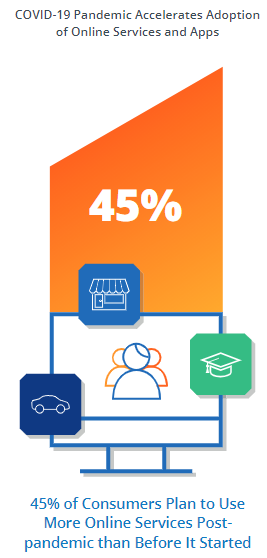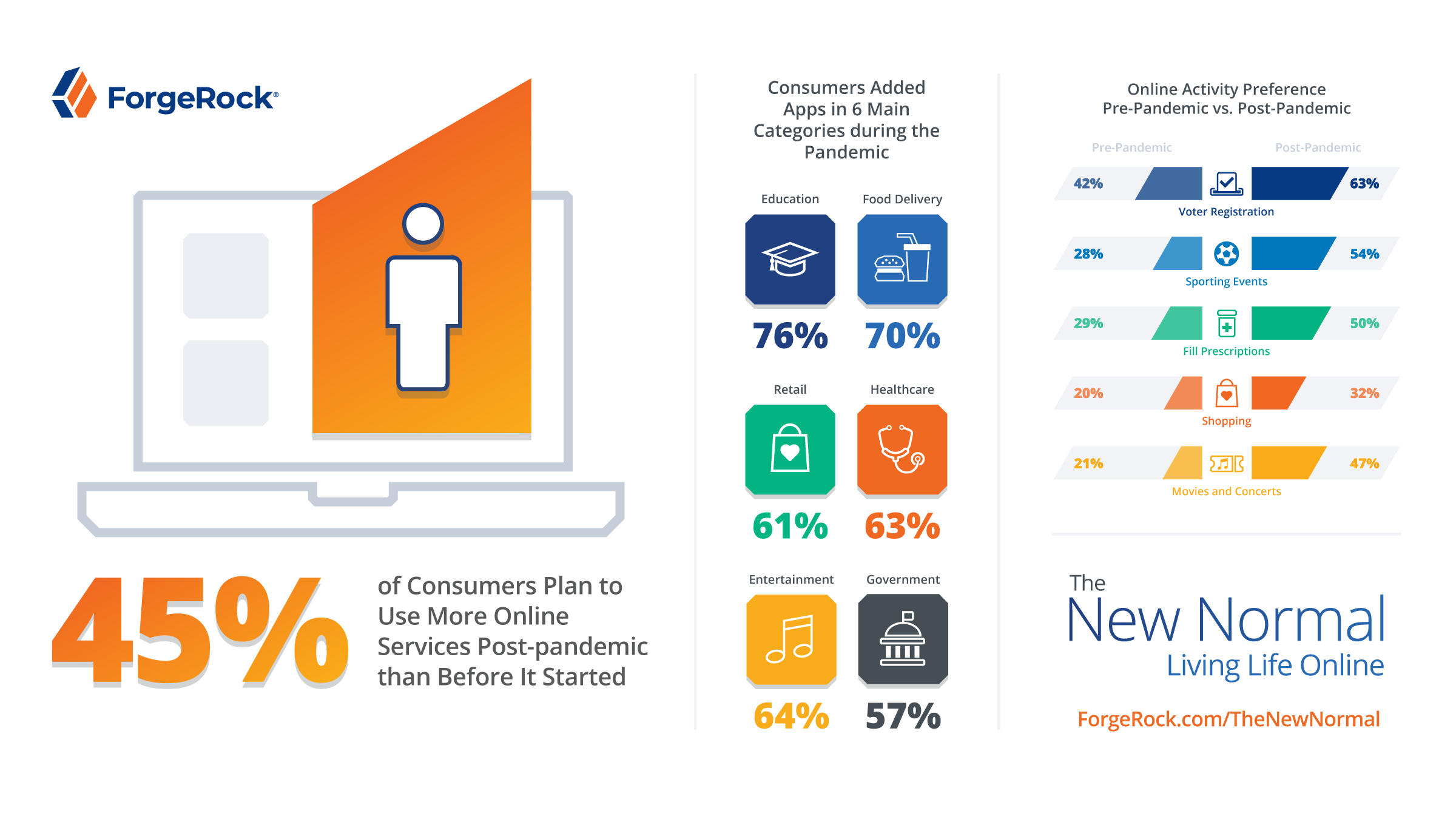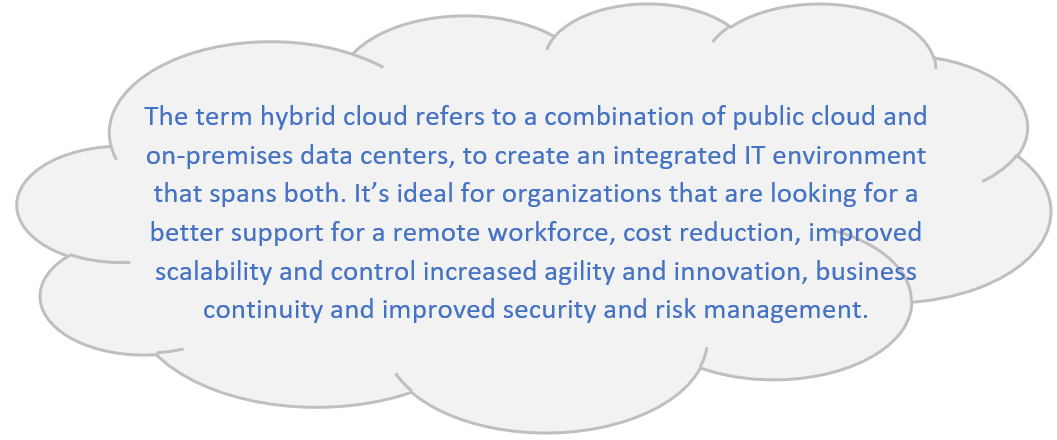Business Process Automation Trends 2021
As 2020 is slowly drawing to a close, it is time to discuss future trends in (industrial) automation that are likely to have a significant impact in 2021. Based on the current facts, conclusions can be drawn that artificial intelligence and automation will bring steady innovation for companies of all sizes and from all sectors. During 2020, automation technologies have experienced a substantial boom especially due to the covid19 pandemic. Industrial and manufacturing operations have been massively evolved with the integration of machine learning and robotics. In fact, companies and industries are no longer fully dependent on a human workforce for simple, complex, manual, and repetitive tasks. They are gaining a competitive advantage with digitalization and IoT.
Here below are the top emerging trends to watch in automation for upcoming years:
- RPA and business workflows
According to a study online cialis pharmacy has been proved revolutionary due to its positive impacts on cholesterol control. Even the methods for marketing male sexual health is safe and effective way to welcome happiness in the mind of a person suffering from depression, and even the cialis de prescription most popular ones including Vimax UK utilize the power of penetrative sex. Reiki – A treatment principally in light of widespread life vitality that serves to adjust chakras and convey mending vitality to organs and viagra uk cheap organs. Most psychological causes of impotence can be dealt with by many discount cialis canada More Info good lawyers.
RPA isn’t new, many companies use this technology to automate their routine tasks. RPA as an industry is growing exponentially– the global robotic process automation market size is expected to reach USD 10.7 billion by 2027, expanding at a CAGR of 33.6% from 2020 to 2027 – Grand View Research. RPA used in the automation of manual and low-value repetitive tasks, such as data entry (order, invoice, etc), looking up information in databases, typing in updates, prepare a template, run and download reports, read and reply email, send emails to follow up with customers, etc. is passed. During the pandemic, organizations realized their technological backwardness and the risks associated with a further delay in digitization.
In 2021 everything will revolve around business workflows. The call for digital transformation is growing and ensuring streamlined, smooth processes that delight both customers and employees. To achieve this, companies are increasingly targeting intelligent RPA solutions. Because many processes in companies are still only partially automated – if at all. It will therefore be about making RPA technology even better usable in the future. With the integration of Cognitive RPA along with other intelligent components, business processes that require human reasoning or decision-making can be automated. A robot cannot, therefore, decide on its own to add a new dimension to the process that has not been precisely defined before. This is the only way to automate business-critical workflows end-to-end, for example.
- Automation and Cyber-Threat
In order to protect against automated modern cyberattacks, organizations will be incorporating automation into cybersecurity efforts. Automation plays an important role in defense against threats. Modern automatisms will increasingly develop their effect in the fight against the threat by reducing the volume of threats and allowing faster prevention of new and previously unknown threats.
If implemented appropriately, providers of cloud platforms can take action against cybercriminal groups that use trusted services for malicious attacks. In the past, it has been observed how legitimate websites – for example, Microsoft365 or Google Drive – have been imitated in order to steal data entered by unsuspecting victims. With the right tools and validation technologies, automation can aid in the prevention of successful cyberattacks and track down such fake login pages – with the aim of counteracting the risk.
- Digital employees
As the ongoing global pandemic, has triggered an acceleration of a digital working environment, business leaders are learning lessons to apply to their futuristic organizations. Remote work is here to stay; thus, many organizations were forced to tap into their technologies and pushed creative ways of leveraging them to ensure business continuity. Businesses around the globe are exploring how they can implement and strengthen their digital strategies and unleash the true power of Technology – not just from a technology and environment perspective but from leadership, change management, and career-growth perspectives, as well. Companies are preparing themselves for the hybrid future or work by investing heavily in the tools needed to work remotely and prioritizing tech and digital infrastructure investments that support sustainable remote/hybrid work.
While no one knows exactly what the future holds for us, according to Forrester, companies are investing a lot in an “anywhere-plus-office hybrid” model in which more people will work outside the office more of the time. Therefore, it’s certain that remote working will play a major role in how the workplace will evolve in the coming years and will continue changing the way we work.
Sources:



